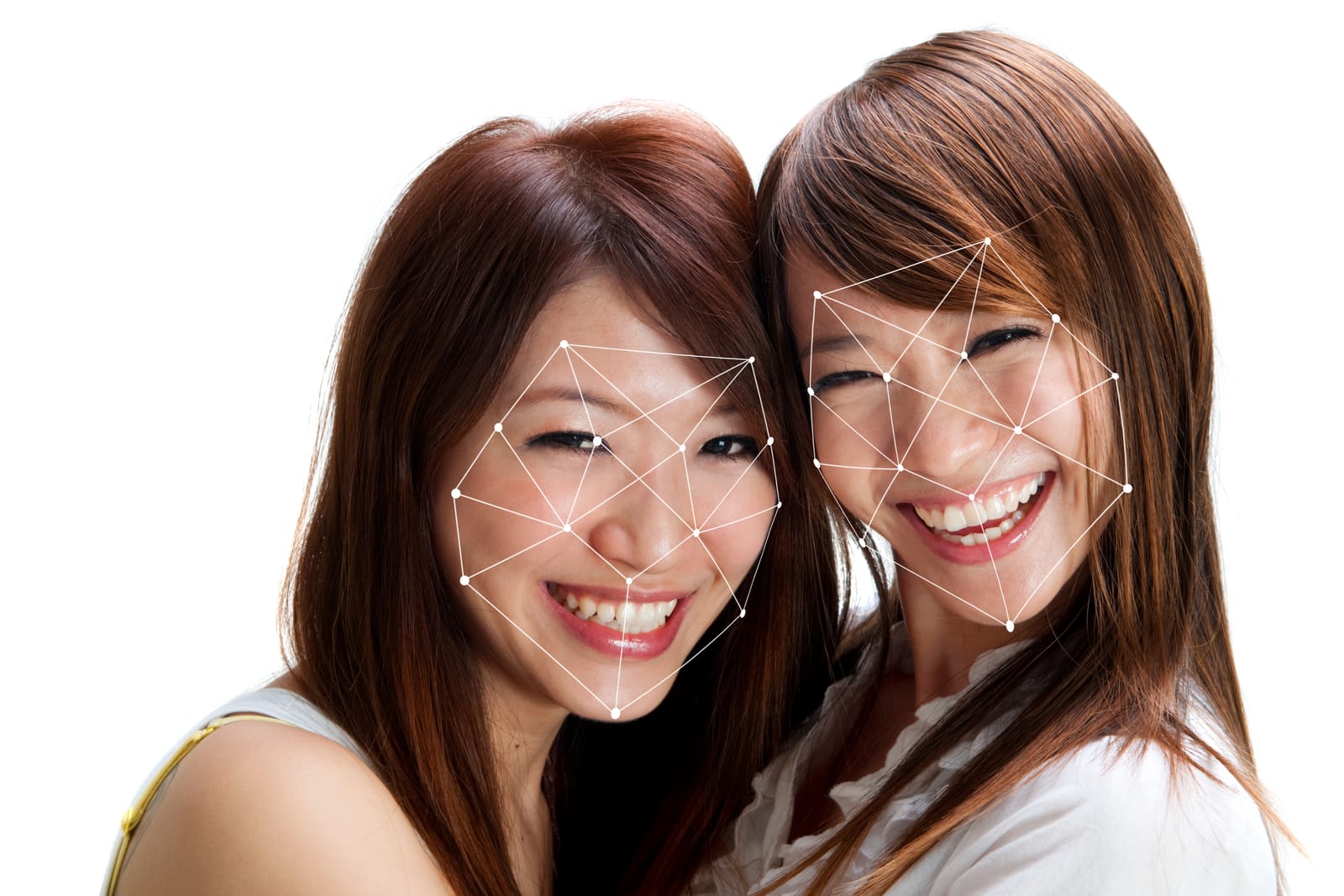You walk through a shopping mall, unlock your phone with a glance, or see yourself automatically tagged in a photo on social media. In each of these moments, facial recognition technology is at work. It has become one of the most powerful and pervasive technologies of the 21st century, promising immense convenience and security. But it also comes with profound risks to our privacy and fundamental freedoms.
In Canada, the use of this technology has sparked a fierce debate, pitting law enforcement and corporations against privacy commissioners and civil liberties advocates. This is the full story on what this technology is, how it’s being used, and the high-stakes battle to regulate it.
What Is Facial Recognition and How Does It Work?
At its simplest, facial recognition is a way of identifying or verifying a person from a digital image. The software maps unique facial features—like the distance between your eyes or the shape of your chin—to create a numerical code called a “faceprint.” This faceprint is then compared to a database of known faces to find a match. The source of that database is a critical part of the controversy.
A major concern, however, is that the technology is not perfect and can be dangerously biased. Landmark studies have shown that many facial recognition algorithms are significantly less accurate when identifying people of colour, women, and the elderly. This raises profound questions about fairness, especially when the technology is used in law enforcement, where a false match could have devastating consequences.
The Flashpoint: Clearview AI and Canadian Police
The most significant controversy around facial recognition in Canada revolves around the American company Clearview AI. The company created a massive database by scraping billions of images from public websites and social media without users’ consent. In a series of damning investigations, the Privacy Commissioner of Canada (OPC) ruled that Clearview AI’s actions were illegal under Canadian law.
The investigation revealed that the RCMP and other police forces had become paying clients of this illegal database, using it for searches without assessing its legality or impact on the privacy rights of Canadians. The OPC found this to be a serious violation of the Privacy Act, establishing that using Canadians’ social media photos for a police database was against the law.
The Big Debate: Convenience vs. Surveillance
The core of the debate is a trade-off between the technology’s potential benefits and its significant risks.
- The Case For Facial Recognition: Proponents argue it is a valuable tool for law enforcement to identify suspects and find missing persons. In the private sector, it’s used for everything from securing mobile banking apps to creating more seamless travel experiences.
- The Case Against Facial Recognition: Civil liberties groups, like the Canadian Civil Liberties Association (CCLA), argue that the use of this technology, especially by the state, creates a risk of mass surveillance that has a chilling effect on free expression and association. They warn that it could lead to a society where people are constantly tracked and monitored in public spaces.
What Are the Rules in Canada?
The Clearview AI scandal revealed a massive gap in Canadian law. While the Privacy Commissioner could rule the practice illegal, there is no specific legislation that clearly governs the use of this powerful technology. The use of personal data by companies is generally governed by the Personal Information Protection and Electronic Documents Act (PIPEDA), but critics argue these laws are outdated and insufficient for the challenges posed by biometric surveillance.
This has led to widespread calls for a moratorium or an outright ban on the use of facial recognition by law enforcement until a clear legal framework is established by Parliament to protect the rights of Canadians.
The Bottom Line
Facial recognition technology is advancing at a breathtaking pace, but Canada’s laws have not kept up. The country is now at a crossroads, facing critical decisions about what limits should be placed on this technology. The outcome of this debate will define the balance between privacy, security, and freedom for a generation.

